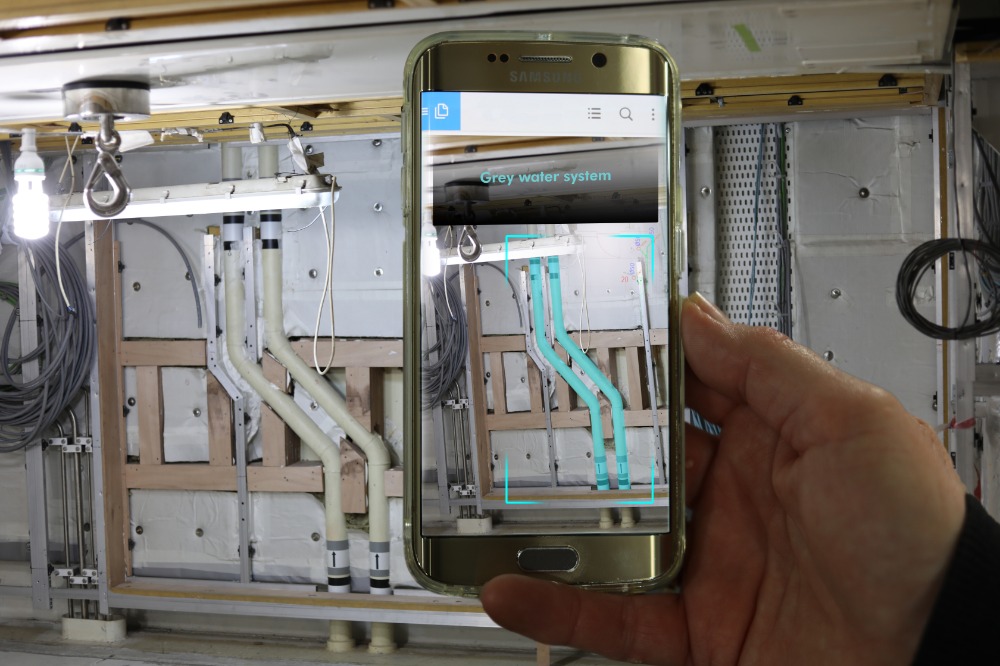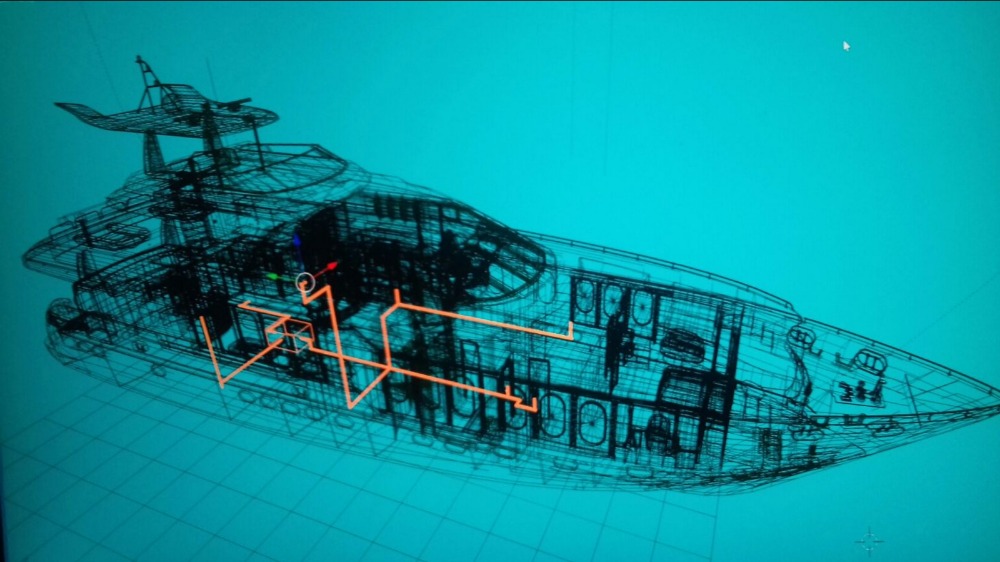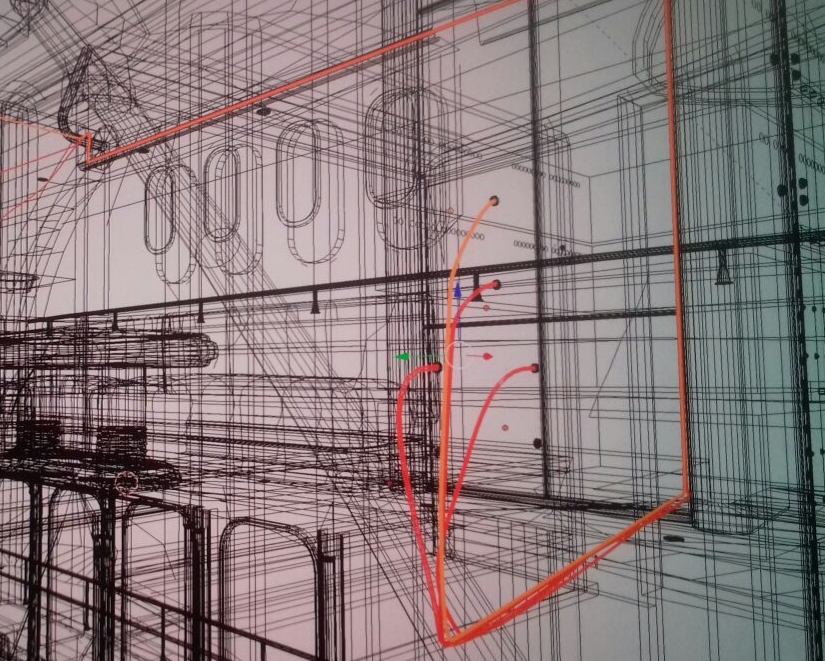Virtual engineering
VR and AR technology could improve operational efficiencies throughout a vessel’s whole lifecycle…
The technology behind virtual reality (VR) and augmented reality (AR) is advancing rapidly, and the superyacht industry is starting to take notice of how it can be integrated into the market. While some very early adopters are already exploring how VR and AR can improve the design and build process, as well as crew training, is it also worth the industry seriously considering how the technology could be utilised after the yacht is launched to improve operational efficiency?
One immersive technology company V360 Marine is already doing so. Specialists in creating immersive VR and AR experiences for the yachting and marine industries, V360 Marine is turning its attention to how the technology can improve efficiencies throughout a vessel’s whole lifecycle. As well as implementing VR and AR during the design and build phases when a project needs to be visualised by the build team, the company has recognised an opportunity in using the same technology to enhance efficient operation and maintenance of a vessel.
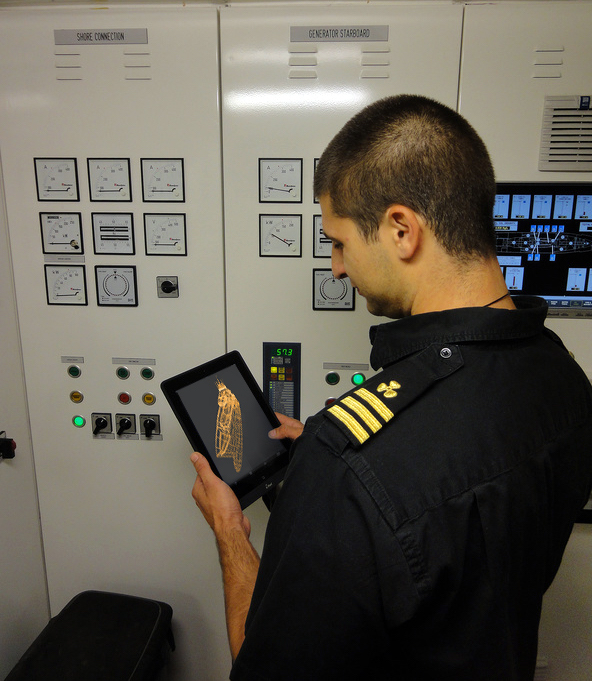
Digital Twin applications are able to combine the very latest in model creation and immersive technology in order to provide a complete digital representation of a yacht. If this representation is created during the build of a vessel, then it can be continued to be used throughout the lifecycle of the boat for maintenance, repairs and refits, as a more reliable and interactive replacement to boat drawings, being of particular use to crew, contractors and shipyards working on the boat in the future.
“The technology can be fully integrated with existing platforms, such as maintenance and document management systems,” explains V360 Marine’s CEO Sam Slater. “We want to compliment rather than replace the current software used on all large yachts.”
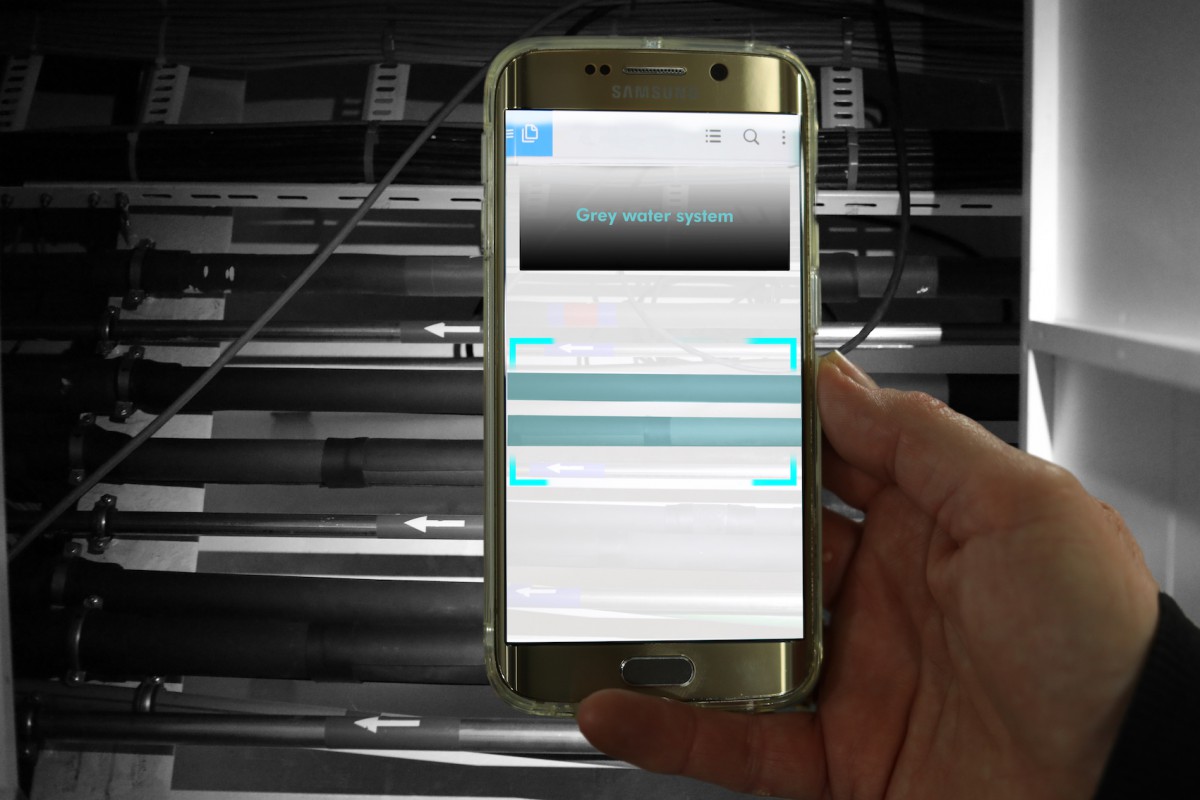
Chief engineer and COO at V360 Marine Greg Beach adds that the technology can be used so that, as the boat is being built, everything on board can be tagged and therefore tracked over the lifecycle of the boat. “On board yachts, everything is hidden away behind panels and boat drawings are not usually accurate enough, so it can be quite disruptive and time consuming for crew searching for a problem if they don’t know where to look,” he says. “The crew can use AR to look through panels and see where a leak or other issue might be coming from so they know exactly where to start looking for any problems.”
While VR and AR technology are nothing new, the recent development of the hardware, initiated by the interest and investment of tech giants, is making is more accessible for the consumer market. As more designers and shipyards use VR and AR for new build projects, the industry would be wise to take advantage of technology and maintain it throughout a yacht’s lifecycle, by creating a detailed digital representation of the yacht that can be tracked, modified and referred to whenever necessary.
Click here to become part of The Superyacht Group community, and join us in our mission to make this industry accessible to all, and prosperous for the long-term. We are offering access to the superyacht industry’s most comprehensive and longstanding archive of business-critical information, as well as a comprehensive, real-time superyacht fleet database, for just £10 per month, because we are One Industry with One Mission. Sign up here.
Related news
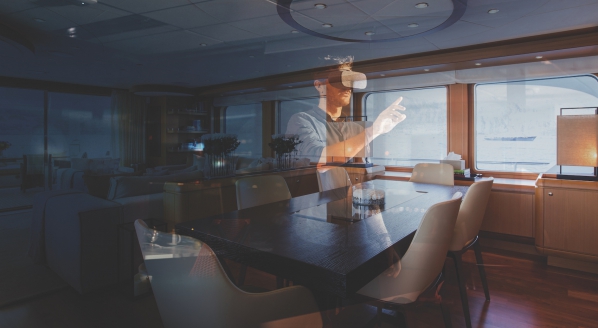
Virtual reality in superyacht design
Can virtual and augmented reality transform the design process of a superyacht project?
Technology
Related news
Virtual reality in superyacht design
5 years ago


